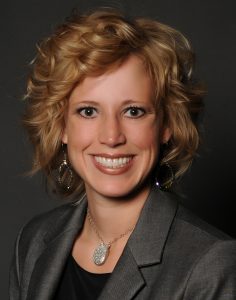
Government Contracting Specialist
The All-Small Mentor-Protégé Program allows smaller companies to join with larger firms and receive developmental assistance from their mentors. In addition, the companies can form joint ventures to bid on set-aside contracts.
The SBA goal with this program was to help small firms develop in a way that prepares them for larger and more complex contracts in the future. The relationship also may help larger companies gain the ability to bid on small business opportunities or the benefit (on future federal evaluations) of having a protégé that’s been awarded subcontracts.
Some smaller companies may find benefit, however, in bypassing the larger firms and taking another small business as a mentor—especially if that business has demonstrated success in the federal marketplace or in an industry that the protégé has targeted for expansion.
If you’re thinking of pursuing this process, start by assessing your current business network and determining who already is involved in government contracting. (Or, sit down with CIRAS to get help reviewing your options.)
Once you select a possible partner, make sure that both parties are registered in the System for Award Management (SAM) at www.sam.gov.
Both sides of the agreement will need to review the SBA’s sample Mentor-Protégé Agreement. You’ll also need to discuss areas for focus and development of the protégé and how that will fit in with the protégé’s stated business goals (which will have to be submitted to the SBA as part of the program application).
Once everyone is on the same page, complete the application process at https://certify.sba.gov/.
Then it’s time to start assessing federal contracting opportunities as a team—hopefully with a much higher potential for success than your company would have had alone.
> For more information, contact Julie Fagle at jafagle@iastate.edu or 319-310-8612.
A version of this article was published in the Fall 2017 edition of CIRAS News. To read more of that edition or others, please explore elsewhere on our website.